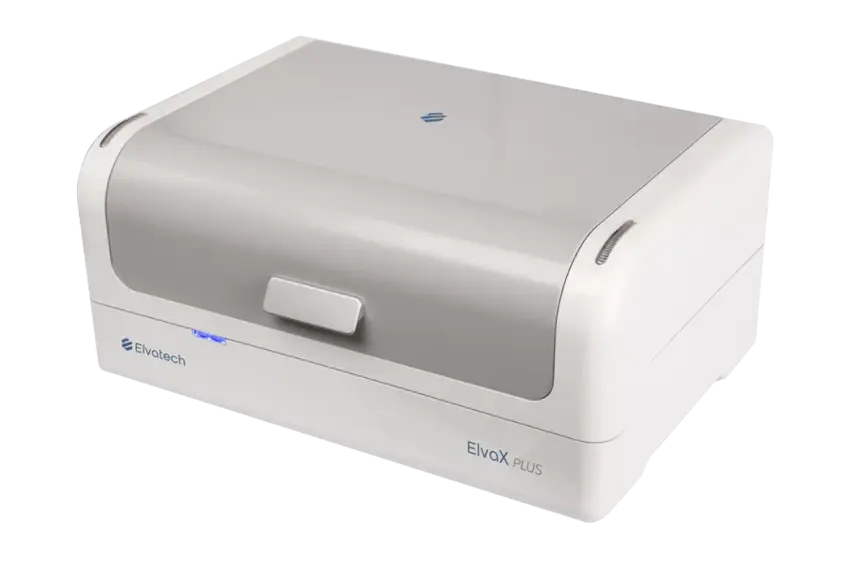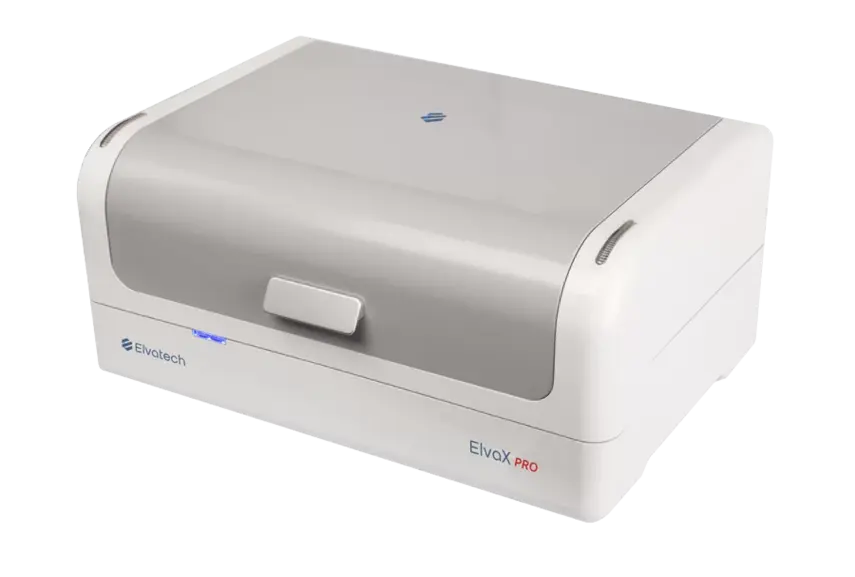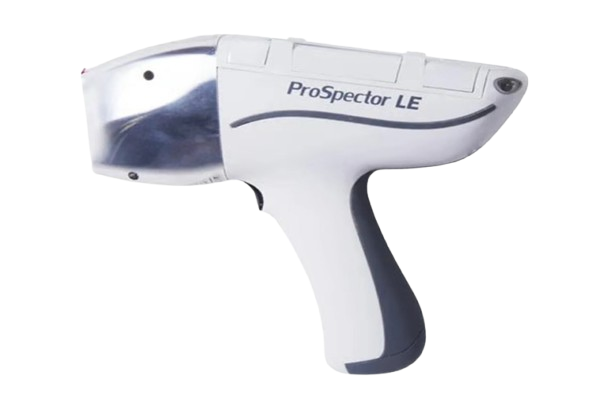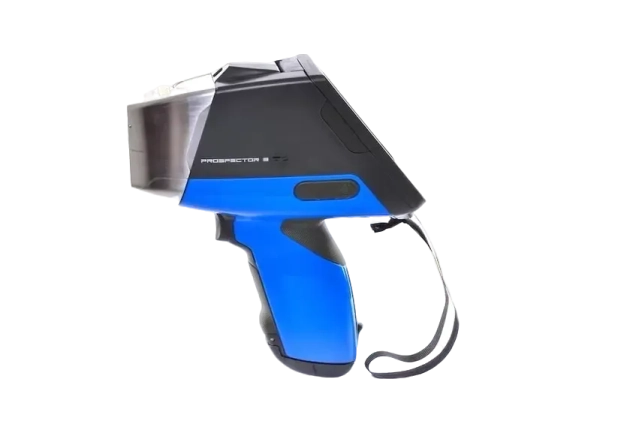ED-XRF/Handheld XRF
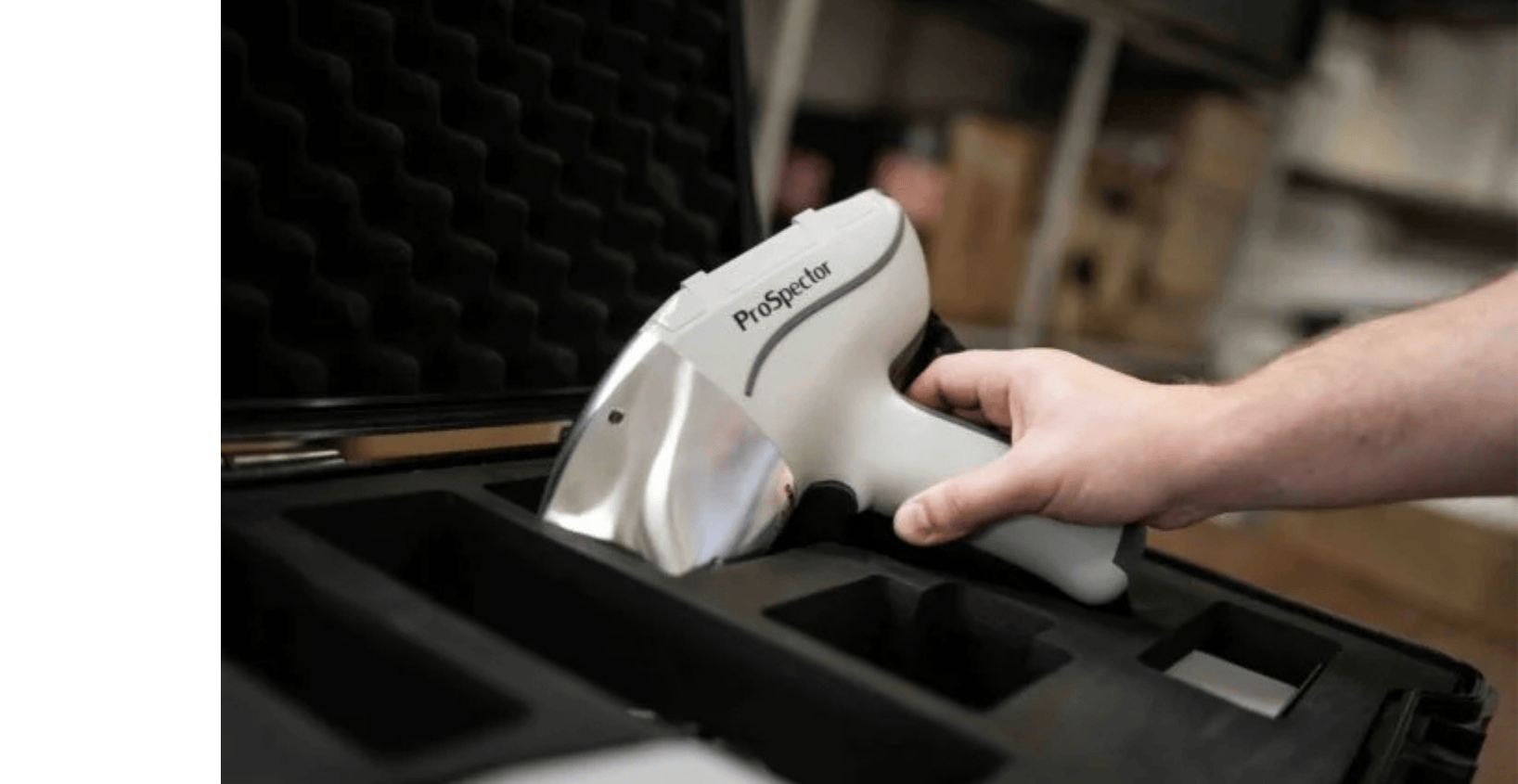
Know more about
ED-XRF/Handheld XRF
ED-XRF/Handheld XRF instruments offer rapid, non-destructive elemental analysis for various materials. Portable and highly precise, they are used in mining, metal, and environmental testing applications.
